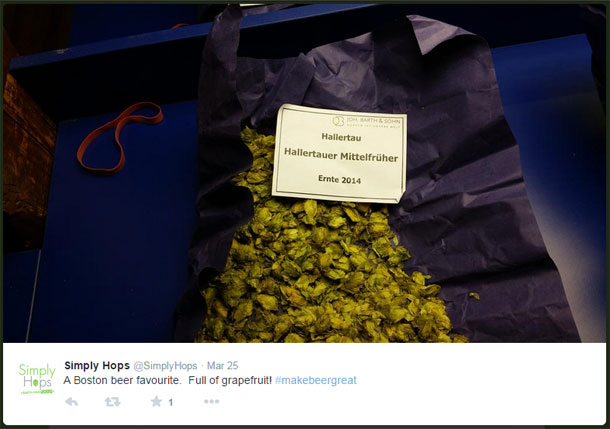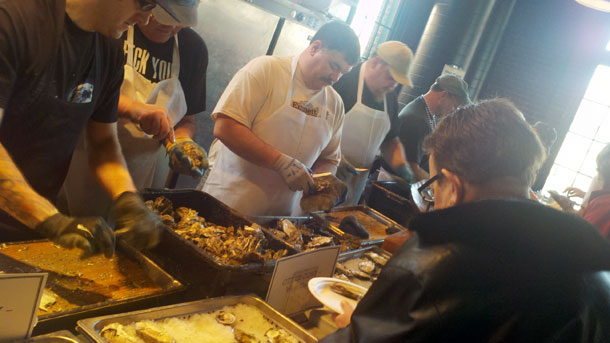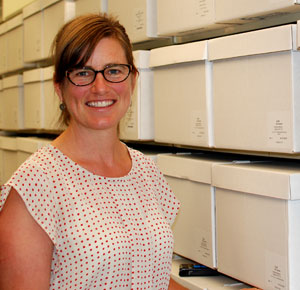– “It’s wonderful that hops have become the subject of so much writing and discussion. It’s just unfortunate that in the process so many (false) myths are being passed on – in countless forums and blogs, on Facebook and even in conversations. So let’s do some spring cleaning and do away with some of these myths.”
The Barth-Haas Group plans to update its new Hop Flavour Blog each Monday. The quote above is from a post about hop myths. Not the sort of historical ones Martyn Cornell tries to rid us of in the appendix to “Beer: The Story of the Pint.” Instead, these set the record straight on brewing matters. For instance, “Myth No. 4: Hop varieties are easily interchangeable. Hop oil contains more than 400 aroma compounds in different concentrations and combinations, and these substances additionally produce synergistic effects. It is therefore very difficult to swap hop varieties.” Indeed.
– ADHA483 (Azacca), ADHA881 (Jarrylo), ADHA871 (Pekko), ADHA527, ADHA529, and ADHA484, oh my! I suspect it will be possible to drink a beer brewed with a relatively new hop or an experimental one (probably only with a number as a name) about every five minutes for three straight days during the upcoming Craft Brewers Conference in Portland. But the most public tasting will be one featuring varieties from the American Dwarf Hop Association’s breeding program at Apex Bar April 17. Among the breweries that made beers using the ADHA hops are Bagby Brewing, Alagash Brewing, Bear Republic Brewing, Three Floyds Brewing, Founders Brewing, you get the idea. First beers will be tapped at 2 p.m.

– A crew from Simply Hops (part of the English branch of Barth Haas) tweeted their away across Germany last week. Interesting tour, including a stop inside of the -35° C chamber where Type 45 pellets are processed. But I was struck more than anything by this description of Hallertau Mittelfrüh: “Full of grapefruit!”
– It sure looks like 2015 will be a breakout year for German-grown Mandarina Bavaria, introduced in 2012 (in time to be described in “For the Love of Hops” although there was little available for brewing). German farmers harvested 100 metric tons (a metric ton is about 2,200 pounds) of Mandaria Bavaria in 2014, compared to 19 in 2013. That crop is sold out, but acreage will double this year. Mandarina is prominent in Firestone Walker’s Easy Jack, which is one reason that brewmaster Matt Brynildson spent a chunk of time in Bavaria during the 2014 harvest. He writes about it in travelogue Firestone Walker has created and included plenty of photos (aka hop porn).
– Jeff Alworth writes about brewing with Latir, one of the hops Todd Bates bred in New Mexico from different neomexicanus plants collected in the wild and now grown by the monks at Christ in the Desert monastery north of Abiquiu, N.M. He promised to save me a bottle, so I will report back after CBC.


 The March/April edition of
The March/April edition of